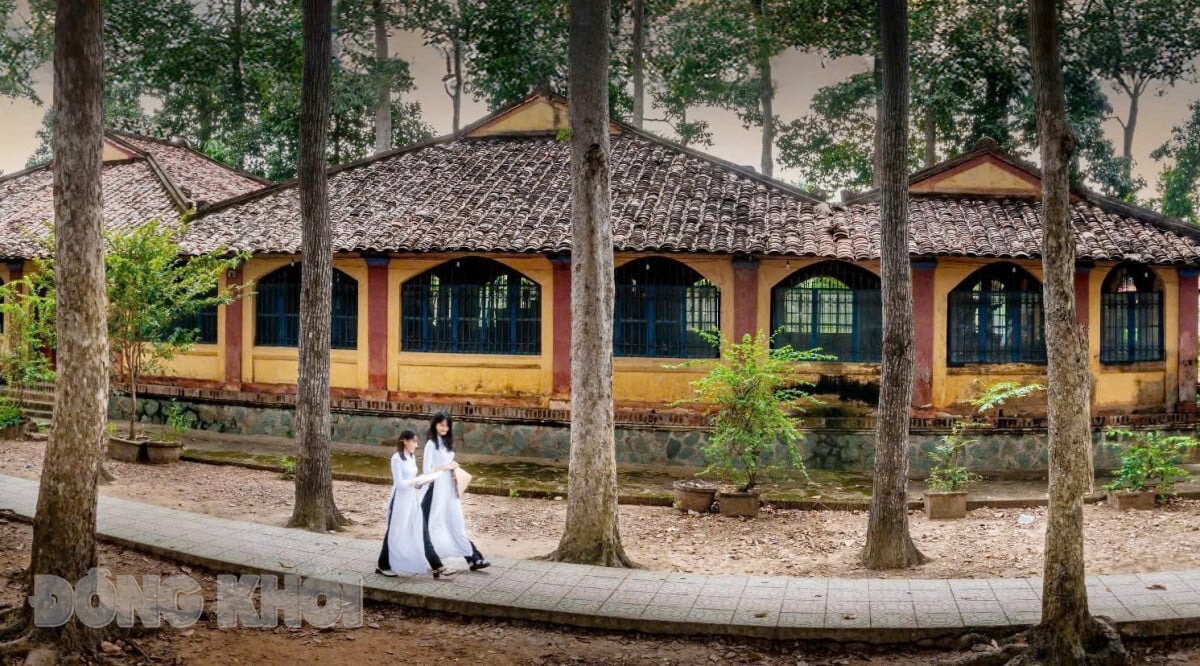
A corner of Phu Le family national relic. Photo: Nguyen Cuong
Phu Le family national monument
Phu Le commune is impressed by the presence of Phu Le communal house, an ancient communal house with the largest scale and the most unique architecture in the Southern region. The communal house is not only an ancient religious architectural work, but also a living folk cultural treasure, reflecting the spirit and talented hands of the ancient Vietnamese people in the new land. Built in the 7th year of Minh Mang (1826), this communal house is considered one of the typical communal houses, clearly demonstrating the traditional architectural art of the Southern region.
Since ancient times, the people in the region have passed down the saying: "First Phu Cuong, second Phu Le", to affirm the stature and beauty of the two largest communal houses in the South. Phu Le communal house stands out for its harmonious combination of pure Vietnamese folk sculpture style and some decorative details influenced by Western art, creating a majestic, solemn but close and lively look. The reliefs, horizontal lacquered boards, parallel sentences, mascot statues... are exquisitely carved on precious wood, curved moss-covered tile roofs, all exuding spirituality and historical depth.
On January 7, 1993, the Ministry of Culture and Information (now the Ministry of Culture, Sports and Tourism) ranked Phu Le communal house as a national architectural and artistic relic. Not only is it a place to worship the village's tutelary god, the communal house is also a center of cultural and spiritual activities of the community, where major festivals take place, including the Ky Yen festival - one of the most unique traditional festivals of the Ba Tri region.
Phu Le spell singing
In Phu Le, in addition to the hundreds of years old famous wine brand, there are also folk art forms such as ho, ly, noi ve, duet tho, hat boi, especially hat sac bua. This is a musical art form formed on the basis of combining folk tradition and professional tradition "associated with agricultural festival rituals mixed with Taoism, mainly performed on the occasion of Lunar New Year".
According to researchers, the art of singing spells in Phu Le originated from the Central region. Specifically, Quang Ngai, and was brought to Phu Le around the 19th century through the waves of immigrants who reclaimed land. Initially, singing spells had a strong ritual character, performing rituals to pray for peace, exorcise evil spirits, and give blessings during the traditional New Year. But with the flow of history, this art has developed, breaking free from the framework of beliefs to become a lively form of folk performance, reflecting customs, daily life, production labor, and even current events and wars. From a ritual function, singing spells has gradually shifted to the function of entertainment, education , and revolutionary propaganda.
What makes the Phu Le Singing Singing unique is the harmonious combination of lyrics, dance and folk music. The singing group usually has 4-12 people, using musical instruments such as the Co (coil) lute, the Sanh Tien (sanh tien), the Com drum and the Sanh Cai (sanh cai). The lyrics are usually in the form of six-eight or five-word poetry, with a tight opening - congratulating - entertaining - concluding structure. The repertoire is rich, from congratulating farming, carpentry, weaving, to songs, verses and poems reflecting life.
On January 23, 2017, the Ministry of Culture, Sports and Tourism recognized Phu Le Sach Bua singing as a national intangible cultural heritage.
Lac Dia swamp base area
Bung Lac Dia is a low-lying, basin-shaped area located between the communes of Phu Le, Phu Ngai, My Nhon and An Binh Tay. With its rugged terrain, intricate system of ponds and difficult-to-access terrain, this place has become a solid revolutionary base during the two resistance wars against France and the US.
Since the 1930s, this place has been a shelter, training ground and secret meeting place for revolutionary organizations. During the resistance war against the French, especially in 1947, Lac Dia base became the place where the forces commanded by comrade Dong Van Cong deployed. During the resistance war against the US, the enemy considered Lac Dia a hot spot that needed to be destroyed. They launched many sweeps, sprayed toxic chemicals, used planes, tanks and infantry to continuously attack in order to destroy the base. However, our army and people with their iron will held on steadfastly, turning the swampy land into an impregnable fortress. This was also the shelter and gathering place of revolutionary forces before the complete liberation of Ba Tri district in April 1975.
On April 12, 1995, Bung Lac Dia was officially recognized as a provincial historical and cultural relic. Up to now, this place is being planned to combine socio-economic development, eco-tourism and traditional education, in line with the local climate change response goals.
Victory Monument at Con Qui Junction
Con Qui Junction is a place associated with two resounding victories, considered an indomitable symbol of the Phu Le army and people. Here, on May 19, 1947, our army ambushed and destroyed 6 French military vehicles, opening a series of heroic victories in the Dong Ba Tri area. On March 18, 1964, another battle took place at this very location, when our army ambushed and destroyed the entire Red Eagle Battalion (the enemy's main force), along with 3 American advisors, creating an important turning point, contributing to the liberation of 8 communes in the district.
The victory stele was erected at the intersection, depicting soldiers charging forward, the red flag with yellow star fluttering, and burned military vehicles. Although simple in form, this is a sacred place, a place to educate patriotic traditions, a place to express gratitude to those who died for national independence.
The ranking of the Con Qui Crossroads Victory Monument as a provincial relic not only aims to preserve historical values, but also shows respect for the heroic fighting spirit of Phu Le army and people. At the same time, it contributes significantly to educating the younger generation about revolutionary traditions, patriotism, and the spirit of self-reliance.
| Promoting the tradition of "When drinking water, remember its source", the Party Committee, government and people of Phu Le commune are making efforts to preserve, embellish and enhance valuable relics, while developing the economy and society in harmony with cultural preservation. All four relics, like four historical and cultural milestones, are not only the pride of Phu Le, but also invaluable assets of Ba Tri and the province, a source of motivation for today's and future generations to continue the indomitable, dynamic and creative spirit in the journey of building a rich and beautiful homeland. |
Nguyen Thang - Cam Truc
Source: https://baodongkhoi.vn/phu-le-hoi-tu-4-di-tich-lich-su-van-hoa-doc-dao-25062025-a148684.html


![[Photo] Hanoi morning of October 1: Prolonged flooding, people wade to work](https://vphoto.vietnam.vn/thumb/1200x675/vietnam/resource/IMAGE/2025/10/1/189be28938e3493fa26b2938efa2059e)





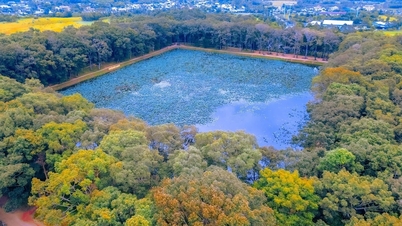





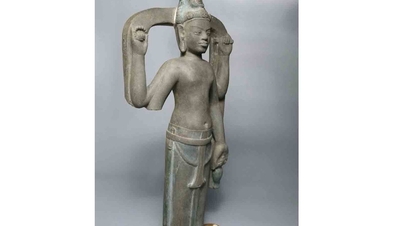




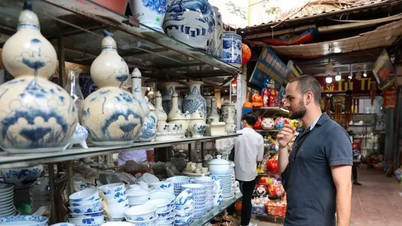

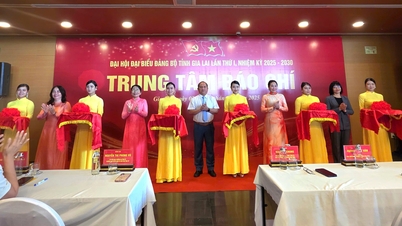

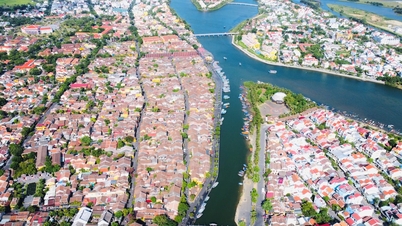
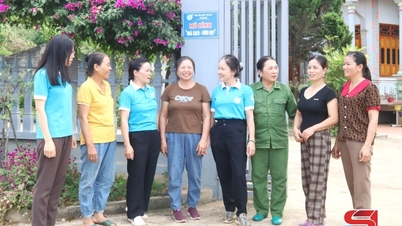



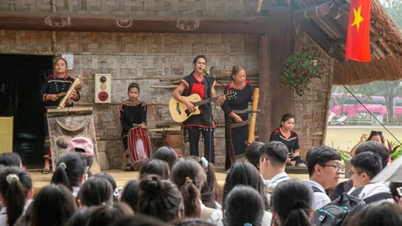





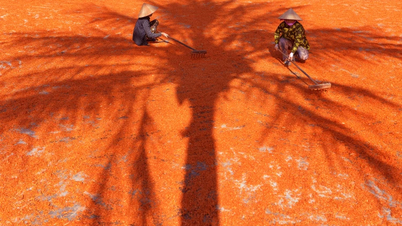
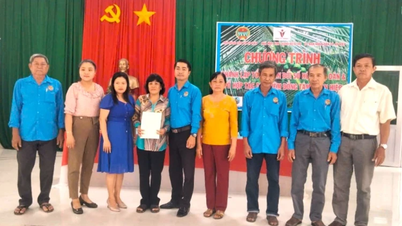
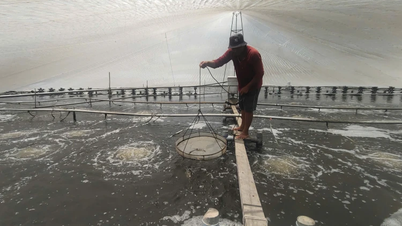
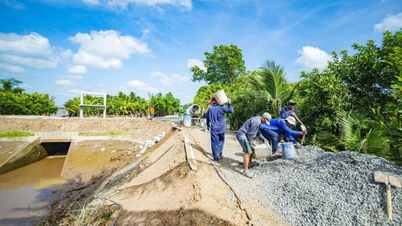
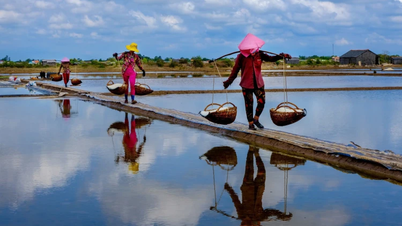
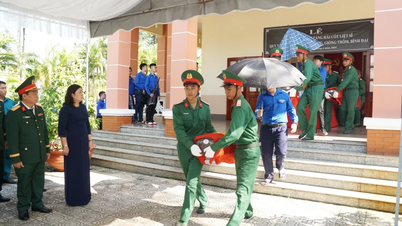
![[Photo] The 1st Congress of Phu Tho Provincial Party Committee, term 2025-2030](https://vphoto.vietnam.vn/thumb/1200x675/vietnam/resource/IMAGE/2025/9/30/1507da06216649bba8a1ce6251816820)
![[Photo] President Luong Cuong receives President of the Cuban National Assembly Esteban Lazo Hernandez](https://vphoto.vietnam.vn/thumb/1200x675/vietnam/resource/IMAGE/2025/9/30/4d38932911c24f6ea1936252bd5427fa)
![[Photo] Panorama of the cable-stayed bridge, the final bottleneck of the Ben Luc-Long Thanh expressway](https://vphoto.vietnam.vn/thumb/1200x675/vietnam/resource/IMAGE/2025/9/30/391fdf21025541d6b2f092e49a17243f)





















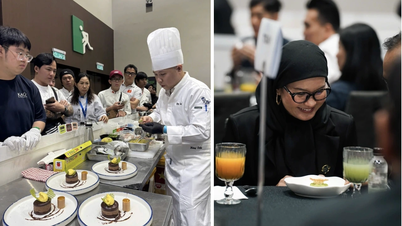
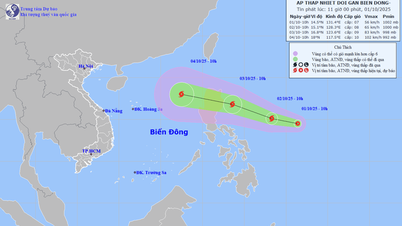
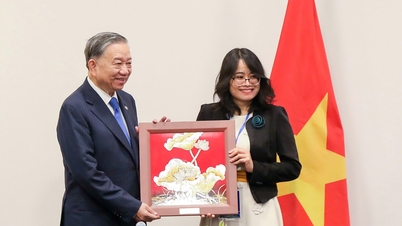


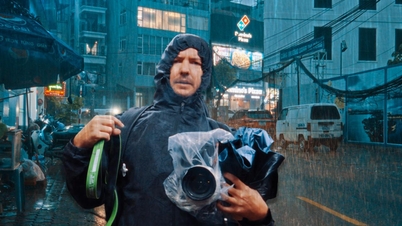










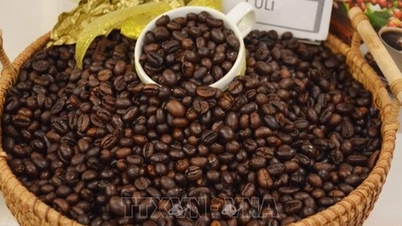
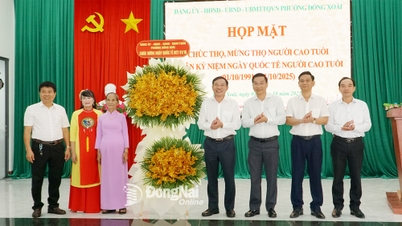

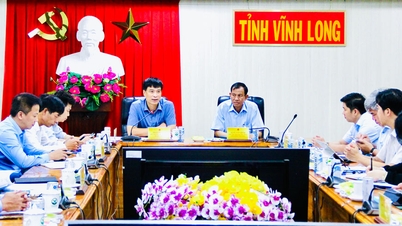

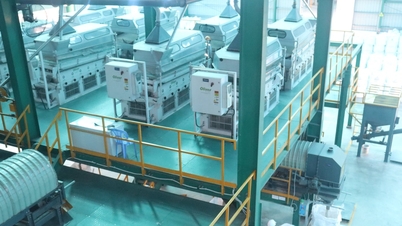
















Comment (0)